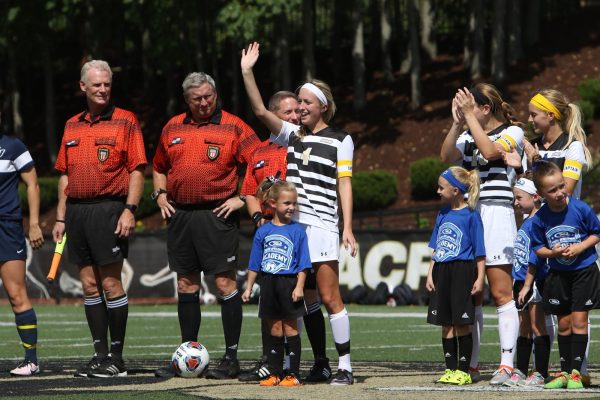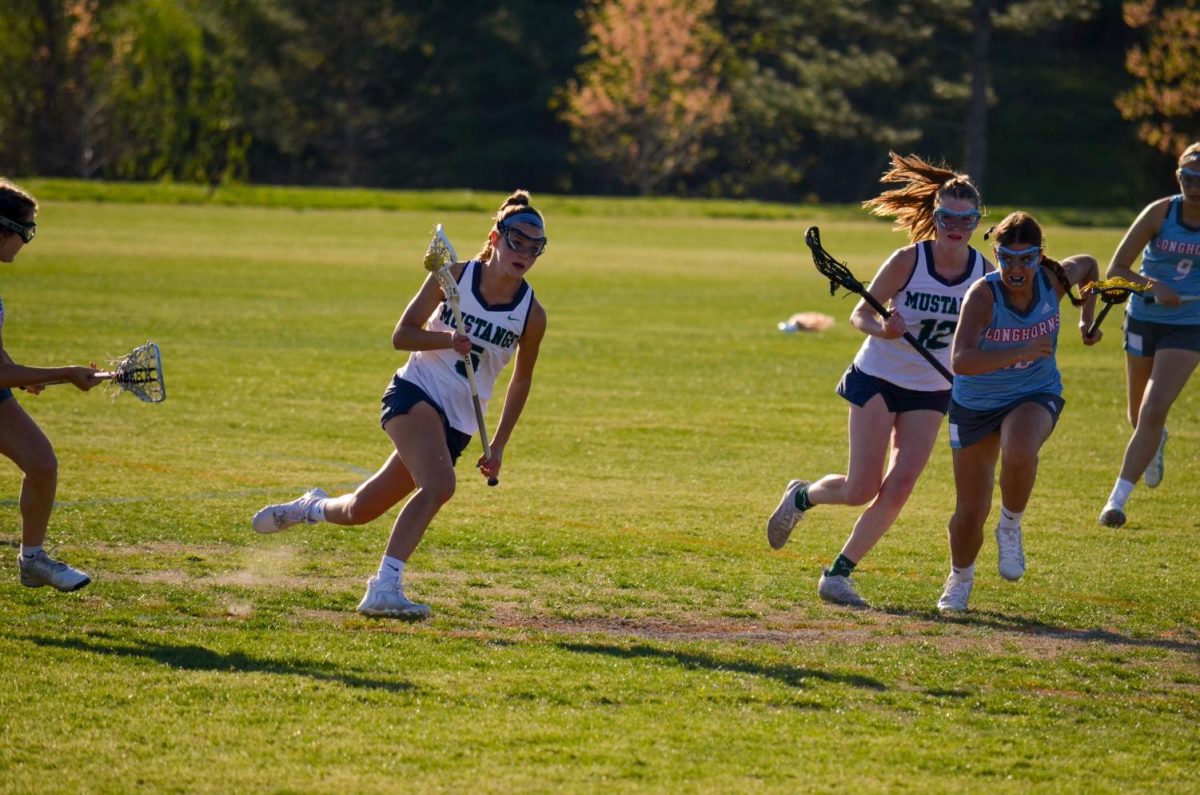Marin Lally, junior, held her breath as the news of Lindenwood University’s (LU) cuts to their athletic programs unfolded on Friday, Dec. 1. Lally committed to play Division 1 (D1) lacrosse at Lindenwood last year, and she spent years attending showcases and contacting coaches to earn her spot.
Ten Lindenwood programs were cut, a decision that directly affects 280 student athletes. While the women’s lacrosse team wasn’t cut, the men’s team wasn’t as lucky.
“I know that it was a big part of the culture to hang out with the guys’ lacrosse team. They did a lot of stuff together,” Lally said.
The teams shared facility spaces and ran camps together. This piece will be missing for Lally and the rest of the women’s lacrosse program.
Justin Cutter coached men’s lacrosse at Lindenwood from 2010 to 2012. This time marked a monumental transition for the team from the Men’s Collegiate Lacrosse Association (MCLA) to NCAA Division 2 (D2). Although Cutter no longer coaches at Lindenwood, he’s still friends with the head coach, Jim Lange.
“He was the offensive assistant coach when I coached there, and we became quite close over the years,” Cutter said. “He’s given his heart and soul to that program.”
Lindenwood transitioned to D1 in 2022. However, upon entering the Ohio Valley Conference during the early phases of this transition, Cutter said rising travel expenses brought financial strain on the university. Teams were commonly traveling more than 400 miles for conference games, which was an unprecedented element for LU.
“I heard lacrosse was on and off the cutting block, but ultimately, with the conference travel requirements to play other teams plus men’s equipment costs, the budget was just too high to justify the investment,” Cutter said.
Cutter empathizes with current coaches who will need to find new positions after this season. Before the cuts, LU stood as the only D1 men’s lacrosse program in Missouri.
“Lindenwood Men’s Lacrosse has been a home for so many people. The alumni, both players and coaches, are truly saddened to see the program will no longer exist for them and the future athletes in our area,” Cutter said.
Activities Director Adam Starling said athletic departments have many financial decisions to make and maintain regarding travel expenses, staff, facilities and equipment. But, responsibilities extend beyond these demands.
“For any school that goes from NAIA to NCAA, they’re going to have much stricter rules governed by the NCAA board. Anytime a school adds football to the NCAA, the number of football players ends up putting a strain on the Title IX numbers,” Starling said.
Title IX protects the equality of student-athlete opportunities based on sex. Starling said Title IX is dictated by a ratio of female participants to male participants, not only the number of athletic programs a university offers. So, as football rosters expand, a solution to maintaining the Title IX balance is to cut other male programs.
Starling said he is concerned for current athletes. The fall transfer portal window closes in mid December, giving athletes two weeks to find a new school, if they choose to leave now. And, unlike the University of Missouri System, which offers transferable credits, LU is a private institution.
“So even the credits for these athletes are now going to be up in the air, if they do choose to leave,” Starling said.

Jacqueline Lindner, soccer coach, played for LU’s women’s soccer program from 2012 to 2016 after receiving an athletic scholarship. While the university is continuing to honor athletic scholarships, Lindner said it’s still heartbreaking for the athletes.
“If soccer were one of the sports cut, I would be devastated,” Lindner said. “I take pride in having been part of the program, and I continue to follow the team, and I participate in soccer alumni events often.”
During her four years at Lindenwood, Lindner worked Game Day, setting up and breaking down sporting events.
“I worked a lot of the sporting events and spent many hours throughout my four years watching these [now cut] sports compete,” Lindner said.
She said the transfer portal can be a strenuous and frustrating process, but this decision is part of a bigger picture.
“I imagine institutions are cutting to help maintain the college experience for the majority of students and staff that aren’t impacted,” Lindner said.






